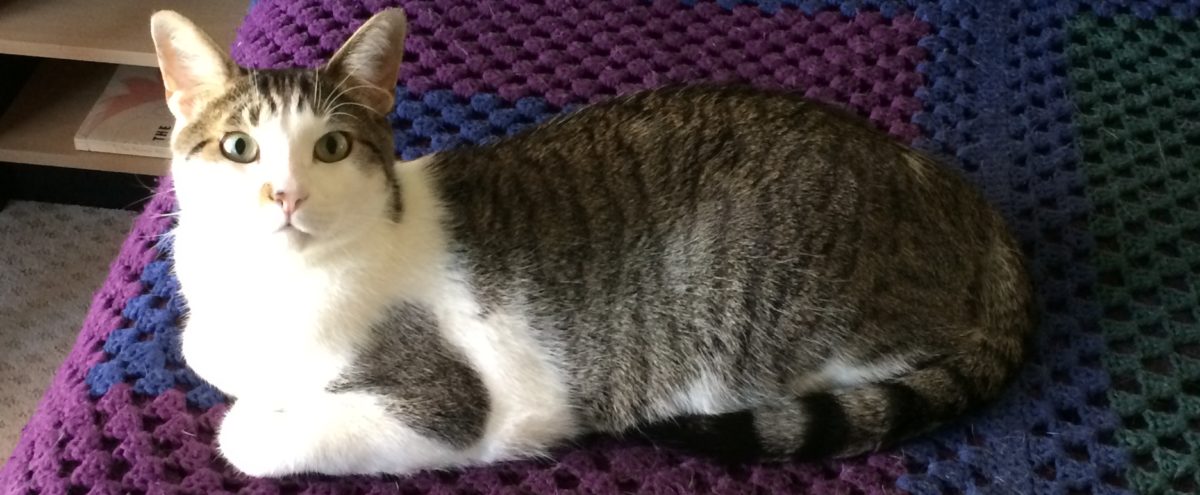It’s been a lo-o-ong time since we’d been to see anything at the Stanford Theatre, but when I saw they were doing an Akira Kurosawa film festival, I persuaded Debbi to go with me to see the classic Japanese film The Seven Samurai (1954). I’ve actually never seen any Kurosawa films, and I’ve always figured I should see at least this one. (No, I’ve never seen The Magnificent Seven, either.)
Set in 16th-century Japan, a peasant village is under threat of a large band of mounted bandits. One of the peasants refuses to just give in, and after consulting with the village elder they go to a larger town to recruit samurai to come defend them. After some initial difficulties, they find an older rÅnin, Kanbê, who is willing to help, and he is able to find six others to assist him in the defense, including a young appentice, Katsushirô, and a wild reckless samurai, Kikochiyo. Returning to the village, the samurai find the peasants are suspicious of them, but they earn their trust and start building defenses and training the peasants in basic military skills. After the barley is harvested, the bandits attack, and the samurai lead the villagers in defending their town, even though the samurai receive no payment other than the food the peasants have to eat. (You can read the full synopsis in the Wikipedia entry.)
The Seven Samurai is a long film Рnearly 3-1/2 hours Рand it often drags. One of the joys of watching films from other eras or cultures is in seeing how conventions in filmmaking differ from what we see today, and yet there are only so many meaningful glances you can take before the film bogs down (I have the same problem with The Good, The Bad and The Ugly, although I enjoy the film overall quite a bit). The first 45 minutes are quite difficult to get through, as it mainly concerns the peasants and their plight. Once Kanb̻ appears, the film becomes more exciting and more amusing, especially the sequence of recruiting the other samurai. Indeed, the humor is by far the best facet of the film.
Dramatically, the film is very uneven. The acting ranges from strong to poor; the an playing the apprentice, Katsushirô, is quite stiff, and he has a relationship with Shino, the daughter of one of the peasants, who’s played by a woman whose style could best be described as hysterical. Their scenes together were often painful to watch. The other samurai are generally very well acted, especially Kanbê (who Debbi observed resembles Morgan Freeman in his appearance and mannerisms) and Kikochiyo, the latter of whom is over-the-top in all the right ways, his best scene being the one in which we learn something of his background, although he has several other good scenes.
Although the battle sequences appear very well done for their day they sometimes feel a little too contrived and implausible. It’s easy to see how the film influenced later films involving a few going up against many (of which the TV show The A-Team has to be the reductio ad absurdum). And it’s not a cheerful film, with a rather downbeat ending for the samurai, although a satisfying one in terms of the characters. Kurosawa clearly demonstrates many of the skills of great screenwriters and directors, but I don’t think he pulls them all together as well as, say, Alfred Hitchcock was himself doing in the 50s.
I would say The Seven Samurai is mainly of interest to people fascinated by film history, or historical films for that matter. It has much to recommend it, but I think it falls short of being truly great, not least because of its length and pacing. I’m glad I saw it, but I doubt I’ll feel the need to see it again anytime soon.

Ah, I loves me some Kurosawa, and Samurai really is a gorgeous movie. Particularly notable is the way he uses light and shadow, which was far ahead of what anybody else was doing up to that point.
Samurai is long–I’d use the word “epic,” but that’s me–and you might have done better to see Rashomon or Yojimbo first as an exposure. And as for the acting–the range of performances has more to do, I think, with the time and place than talent. That is, some of Kurosawa’s cast were trained in a very formal stage style while others (particularly Toshiro Mifune, who played Kikuchiyo) were experimenting with a more “naturalistic” style similar to what became popular in the West in the ’50s (and is the basis for most modern movie acting, thus feeling more “contemporary”). The thing about it is that you find the same kind of things in, say, movies made in Germany in the 1920s or America in the 1930s; sometimes you have to just roll with the affected style as being the product of a certain kind of training or certain stylistic expectations, and it’s possible that some of what is considered “good” now won’t be in fifty years (indeed, Marlon Brando’s style of acting, considered very “natural” when he burst onto the scene, now seems a bit affected and mannered these days).
I wish you’d loved Samurai more, but what can I say? To each his own and all that. Still, maybe give Yojimbo–which was remade in Europe as A Fistful Of Dollars with Clint Eastwood and later in the U.S. as Last Man Standing with Bruce Willis–a shot sometime.
Love that movie, though it is long. The Magnificent Seven is shorter but loses some of the lushness in favor of pacing.
Kurosawa both borrows heavily from other traditions and is in turn the inspiration for others:
King Lear -> Ran
Macbeth -> Throne of Blood (another favorite)
Yojimbo -> A Fistful of Dollars
Kagemusha is another favorite. Rashomon is an original and well worth seeing on the big screen. I’d love to see Stray Dog and Sanjuro at some point.